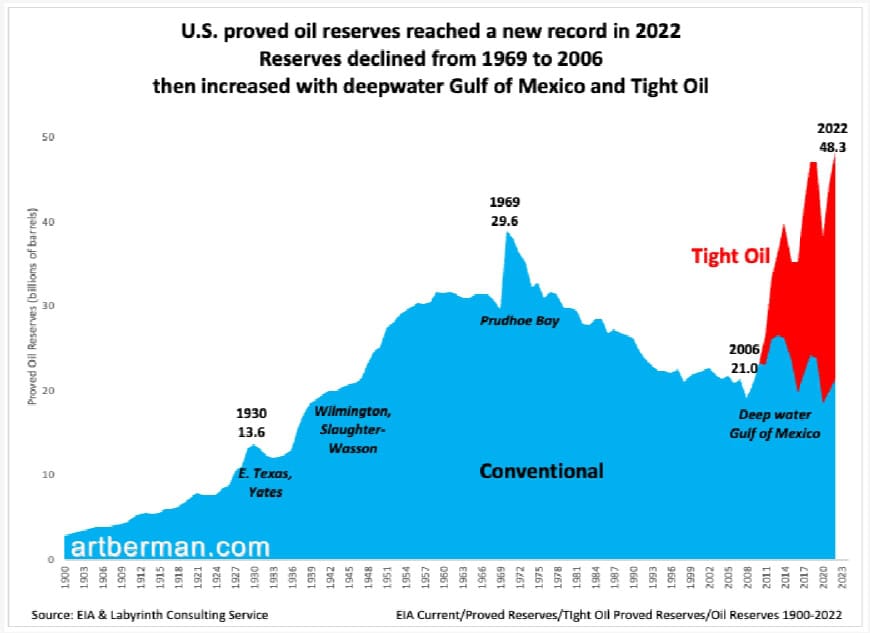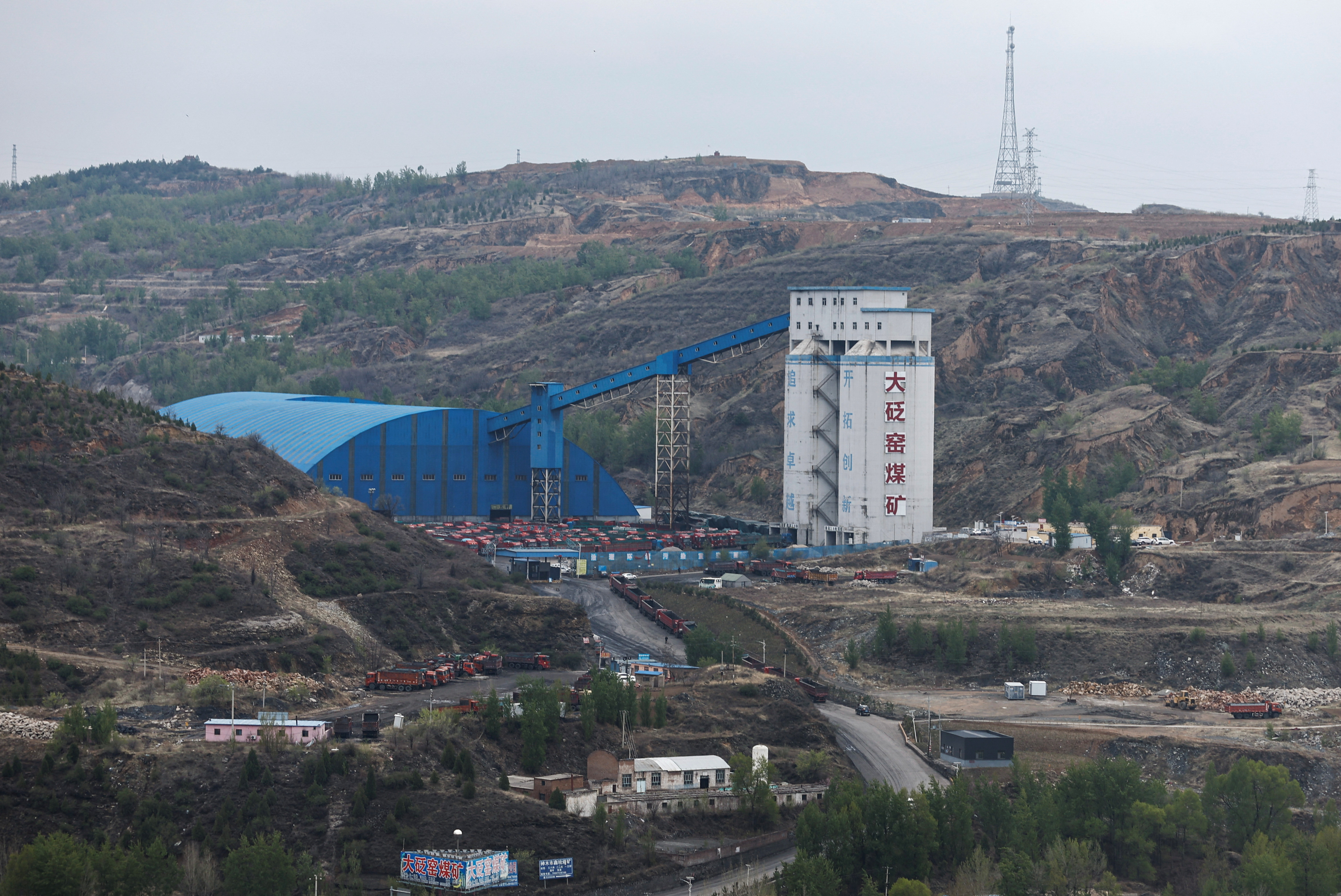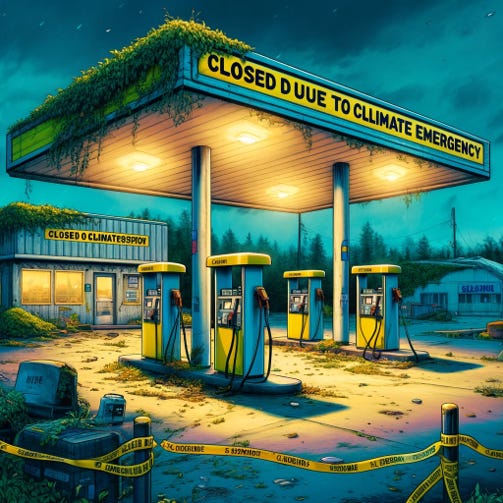The future of the global energy sector is caught up in a messy and misleading ideological debate. Depending on which politically informed echo chamber one inevitably finds themself confined to on social media, they are either told that the energy transition is a dangerous myth that will end in economic disaster and permanent rolling blackouts, or that clean energy is going to save the world overnight – as soon as conservatives get out of the way. As usual, the truth lies somewhere in between.
The energy transition is strictly necessary. But it’s going to be very, very hard. It’s damaging to deny that there will almost certainly be shocks, missteps, and setbacks as we undergo one of the most disruptive chapters in industrial history. In large part we’re relying on untested and in many cases as-yet unproven technologies to emerge in the nick of time.
There’s a temptation to sugar-coat the scale of the imperative to make the energy transition more palatable and less daunting. But there’s no denying it – it’s a very uncomfortable, and even frightening, petition to be in. And there will be winners and losers as economic priorities shift – the energy transition is good for humanity as a whole, but it certainly isn’t good for everyone. Acknowledging these difficult truths is essential to properly planning for and managing humanity’s greatest cooperative project.
…click on the above link to read the rest of the article…


















